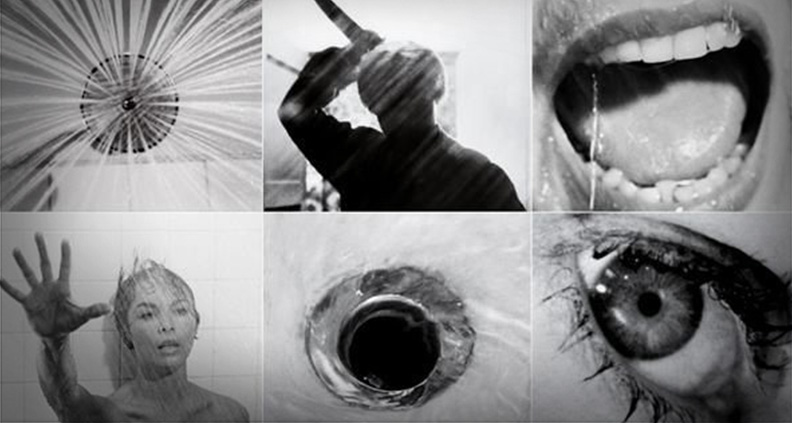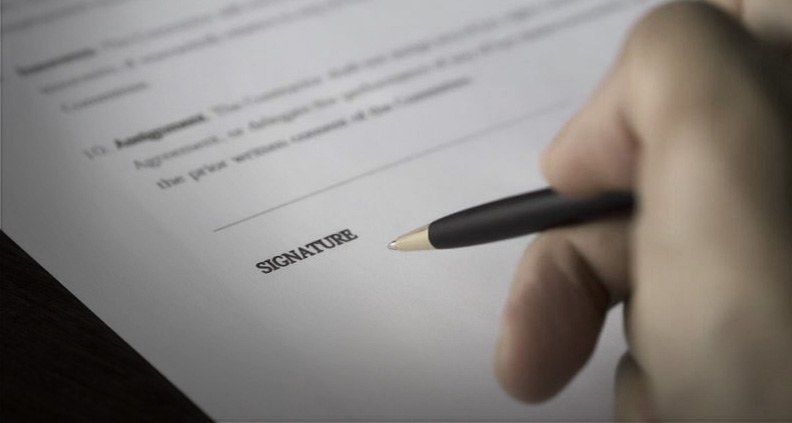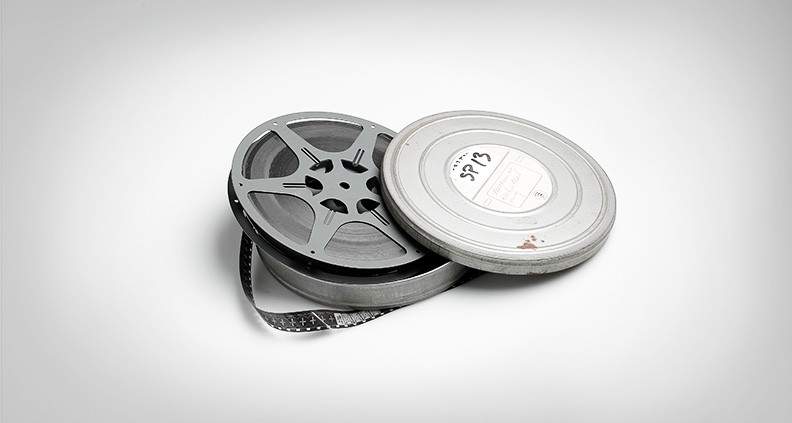STOCK FOOTAGE, FAIR USE AND MORE
I’m self-aware enough to know that I have a somewhat over developed sense of fairness. I’m also aware that filmmaking—even documentary filmmaking—is first and foremost a business. And in business “what’s fair” often takes backseat to “what’s legal.” But sometimes the two do intersect. In this installment of The Doc Life, I’m going to dive into the world of stock footage and take a closer look at fair use, licensing and public domain. This stuff can be a little daunting, especially if you’re a first time filmmaker working on a shoestring budget. My goal here is to shed some light on these particular areas to help guide documentarians through these murky waters. But before we go further, it behooves me to state the following: please keep in mind that this article does not constitute legal advice with regard to any particular project. Each documentary project is different, and you should work with an experienced clearance attorney who can guide you through the fair use process and potentially any licensing deals. WHEW. That’s out of the way, now we can get started! Errors & omissions insurance. The best place to begin is with a quick jaunt into errors & omissions insurance, aka E&O. This is defined as “a type of professional liability insurance that protects companies and their workers or individuals against claims made by clients for inadequate work or negligent actions.” Any distribution deal you might land for your documentary is going to require having an E&O policy in place. That’s true whether you’re negotiating with studios, TV networks, for a DVD release or releasing your project online. Without E&O, you’re simply not going to make a deal. Also, it’s a good idea to get this policy in place sooner than later for your project. The idea being, you’ll have the E&O in place ahead of approaching any parties seeking permission or clearances. If you receive a denial—or even a threatening cease-and-desist letter from a copyright holder—prior to securing your E&O, you’ll be required to disclose any denial to the insurance company. An insurance company would likely be very concerned about a potential loss and could make the policy prohibitively expensive, raise the deductible for a particular copyright holder or exclude that material from coverage altogether. Yikes! As a side note, in addition to an E&O policy you’ll want all proper releases secured and ready to provide during any distribution negotiations. Here is a link to some free release forms, which are provided by Shutterstock, a stock media agency. Fair use. What’s fair use you may ask? Wikipedia describes Fair Use as “a doctrine in the law of the United States that permits limited use of copyrighted material without having to first acquire permission from the copyright holder.” According to the Center for Media & Social Impact, which conducted a national survey of documentary filmmakers in 2014, “a great majority of documentary filmmakers understand fair use…and have had no trouble with acceptance by broadcasters, lawyers or insurers.” The report further states that back in 2005, the opposite was true: “Most filmmakers avoided fair use… insurers routinely excluded claims in E&O insurance”—meaning broadcasters wouldn’t take work that included material claimed under fair use. That sounds all well and good. But determining whether the use of third party material in your documentary film falls under fair use, or whether it would be considered copyright infringement, requires some analysis. Given the clear legalities of this determination, I did the smart thing and reached out to an attorney who has experience in these matters. Per Chris L. Perez, Esq. of Donaldson & Callif, LLP, you should consider two separate analyses. The first is a four-factor balancing approach that the courts themselves use to determine whether something is fair use or copyright infringement. In brief: The above approach may seem too abstract for filmmakers to apply out in the field or even in editorial. But the law office of Donaldson & Callif, LLP looked at case law involving fair use and documentary films and developed a simple three question test to determine whether the use of an asset is fair use: Say “yes” three times and you’ll be in what Michael Donaldson has coined the “safe harbor” of fair use. You may find it easier to answer the second set of questions, however both tests should be considered. It’s still recommended that you enlist a clearance attorney who can guide you through the Fair Use process. They should be able to provide you with an opinion letter on fair use with regards to your specific project, which should help you secure an E&O insurance policy free of exclusions. Stock footage. Thanks to my experience working as a producer in the entertainment advertising space, I have a fair amount of professional experience working with stock footage agencies. Proper application of fair use will allow you to include footage that otherwise might be cost prohibitive, if a license is even obtainable. But fair use isn’t a silver bullet for all stock footage needs. Stock footage agencies—like Shutterstock, Getty Images or Adobe Stock, to name a few—can be both cost effective and useful partners in accessing and licensing footage that otherwise could not be recreated effectively. As an example, if your project would benefit from red carpet footage from the Oscars, capturing that specific footage could pose a whole host of challenges for your production. “Public domain” is a term most are familiar with and many of us likely understand to mean images, recordings and video footage that are free for use by the public without having to pay a licensing fee. This is for the most part true, but that does not mean such materials will be totally free. You still have to get your hands on the footage somehow, and it’s quite possible that said material will not be in the same format as the rest of your project. Ergo, there most likely will be some costs involved. According to an article by Oakley Anderson-Moore for nofilmschool.com, you can find a good handful of sources for obtaining public domain footage. There will be various hoops to jump through and potentially fees involved to get your hands on it, but at least you and your team would not have the added task of obtaining licensing and clearances. I hope that I have provided a useful road map for you to begin your journey in search of stock footage that will make your project the best it can be. Learn how to become a Member of Film Independent by visiting our website, and click here to subscribe to our YouTube channel. Also, why not be our friend on Facebook, Twitter and Instagram?




